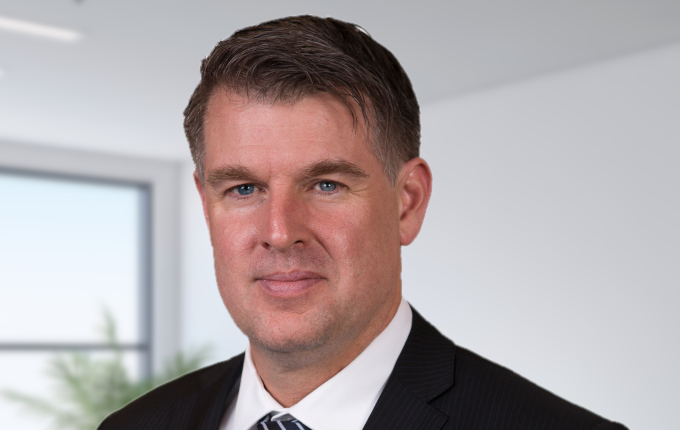After bedding down the acquisitions of ANZ P&I and MLC, Insignia Financial CIO Dan Farmer is now looking to benefit from its larger size by participating in more co-investments
Register to Access this Exclusive [i3] Insights Article
Create a free account to access exclusive interviews with asset owners, revealing insights on investment strategies, market trends, and portfolio allocations.
If you already have an account you can Login .
If you have any issues registering an account please send us an email at [email protected].

